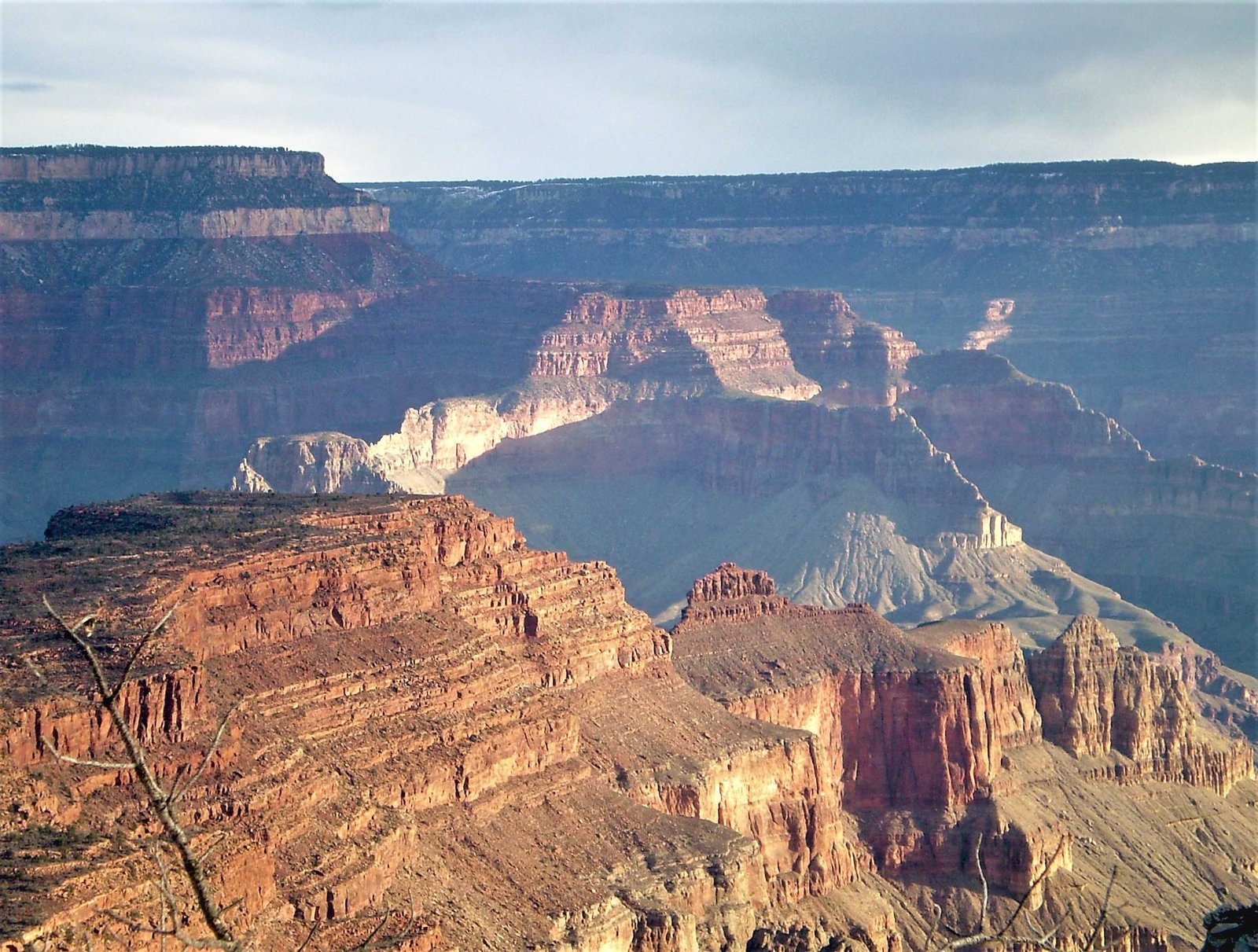Embarking on Colorado River raft trips through Grand Canyon represents an extraordinary wilderness adventure that combines breathtaking geological landscapes, challenging whitewater rapids, and immersive natural experiences. Travelers can choose from diverse expedition lengths ranging from 3-day helicopter-assisted journeys to comprehensive 18-day full canyon explorations, each offering unique perspectives of one of Earth’s most remarkable natural wonders.
What Makes Colorado River Raft Trips Unique?

Colorado River raft trips through Grand Canyon offer unparalleled opportunities to explore one of the world’s most stunning geological formations. These expeditions provide adventurers with an intimate connection to the canyon’s dramatic landscape, revealing layers of geological history spanning nearly two billion years.
How Long Are Typical Raft Trips?
Raft trips through Grand Canyon vary significantly in duration and complexity:
| Trip Duration | Miles Covered | Key Characteristics |
|---|---|---|
| 3-Day Trip | 89 miles | Helicopter entry/exit, lower canyon focus |
| 6-7 Day Trip | 200 miles | Upper and middle canyon exploration |
| 12-18 Day Trip | 277 miles | Full canyon immersion |
What Rapids Will Adventurers Encounter?
The Colorado River features world-renowned rapids that challenge and excite rafters:
- Lava Falls: Considered the most challenging rapid, rated Class V
- Crystal Rapids: Another technically demanding section
- Hermit Rapids: Offers significant whitewater excitement
- Granite Rapids: Known for complex navigation requirements
What Should Travelers Prepare?
Essential Preparation Checklist
- Physical fitness and swimming ability
- Sun protection and appropriate clothing
- Personal medications
- Mental preparedness for wilderness conditions
- Follow guide instructions precisely
Who Leads These Expeditions?
Professional river guides manage these trips, typically featuring:
- 4-6 experienced guides per expedition
- Extensive whitewater and wilderness training
- Advanced first aid certifications
- Deep knowledge of Grand Canyon geology and ecology
What Wildlife and Natural Features Will Be Observed?
Travelers can expect encounters with:
- Bighorn sheep
- Rare desert vegetation
- Stunning geological formations
- Ancient Native American archaeological sites
- Unique canyon microclimates
When Is the Best Time for Rafting?
The optimal rafting season spans April through October, with peak conditions in June and July. Water flows typically average around 20,000 cubic feet per second during these months.
How Safe Are These Expeditions?
Safety remains paramount in Colorado River raft trips:
- Comprehensive pre-trip safety briefings
- State-of-the-art safety equipment
- Strict adherence to National Park regulations
- Experienced guides with emergency response training
What Camping Experiences Can Be Expected?
Camping during these trips involves:
- Designated riverside campsites
- Portable toilet facilities
- Professional meal preparation
- Stargazing opportunities
- Immersive wilderness experiences
What Permits Are Required?
All Colorado River raft trips require:
- Grand Canyon National Park permits
- Specific river use authorizations
- Typically managed by professional outfitters
Final Considerations

Colorado River raft trips through Grand Canyon represent more than a vacation—they’re transformative journeys offering profound connections with one of Earth’s most magnificent landscapes.

